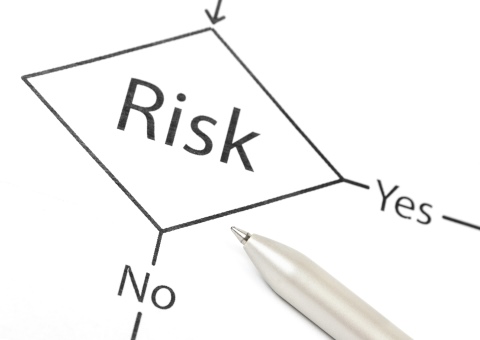A Brief Introduction To Your Experience Modifier Rate
EMR, E-Mod, MOD Rate, Experience Rating, or Experience Modification Rate — whatever you call it, your Experience Modifier Rate affects much more than your annual insurance cost. Understanding and lowering your EMR is pivotal for organizations looking to reduce insurance costs and even gain more bids on work.
Do you know your company’s Experience Modification Rate? Do you know what it means for your company? If it’s over 1.0, do you know what it means and what your company can do to lower it?
A Simple Definition Of Experience Modification Rate
The Experience Modifier Rate, or EMR, is a numeric representation of a business’s claims history and safety record as compared to other businesses in the same industry, within the same state (ADP Guide to Workers’ Compensation Insurance). For example, a roofing contractor in Illinois will be compared to other roofing contractors in Illinois.
Simple, right? All in all, much like any insurance factor, it basically states one of three things:
- This company is riskier than average (EMR > 1.0)
- This company is no more or no less risky than average (EMR = 1.0)
- This company is safer than average (EMR < 1.0)
How EMR Is Calculated
EMR is calculated using a basic formula.
EMR = Actual Claims
Expected Claims
However, the calculation is much more complex than that. Using data reported to the National Council on Compensation Insurance for the past five years, calculating agencies use claim data from three years ending one year prior.
Example: An employer with a policy that renews on January 1, 2016 will generally have an experience rating that uses the loss experience that occurred during policies that were effective 1/1/12–1/1/13, 1/1/13–1/1/14, and 1/1/14–1/1/15
From here, each claim is analyzed, and the Experience Modification Rate is calculated using different values in different steps in the EMR Worksheet. For more information on the worksheet, view the EMR Worksheet Webcast from NCCI.
Major considerations in the analysis include the amount of incidents, the type of incident (medical vs. time lost), and the amount of money paid out for each incident. For full breakdown of the calculation, learn how to read an EMR Statement from NCCI’s The ABC’s of Experience Rating (link not working).
What The Number Means For Your Insurance Premiums
Combined with the job code, the payroll, and the premium itself, the EMR is the calculation applied to evaluate the final premium total. A company with an EMR of 1.25 will pay 25% higher premiums than the average company does, and a company with 0.80 will pay 20% less per dollar than average.
Taking this into consideration, here’s an example:
- Company A (Modifier of 1.25) with a premium of $126,340 pays a modified premium of $158,581
- Company B (Modifier of 0.8) with same premium, pays just $101,072.
This difference of $57,509 makes quite the difference in an organization’s long term strategy.
How To Lower You Experience Modifier Rate To Maximize Your Return On Safety
Lowering your Experience Modification Rate is a long process that starts with a safety plan, actionable steps to improve safety, and training to ensure that employees are safe on the job. You will need to set realistic goals and work tirelessly alongside employees and managers to lower the frequency and severity of injuries.
This is where Optimum Safety Management can help. Through our 30-point gap analysis, we can identify the opportunities for improvement within your organization, and help you create processes to maximize safety, productivity, and profitability — that’s what we call “Your Return on Safety.”
Contact Optimum Safety Management today at 630-759-9908 to see how we can help you understand your Experience Modification Rate and lower it through a comprehensive safety plan.








